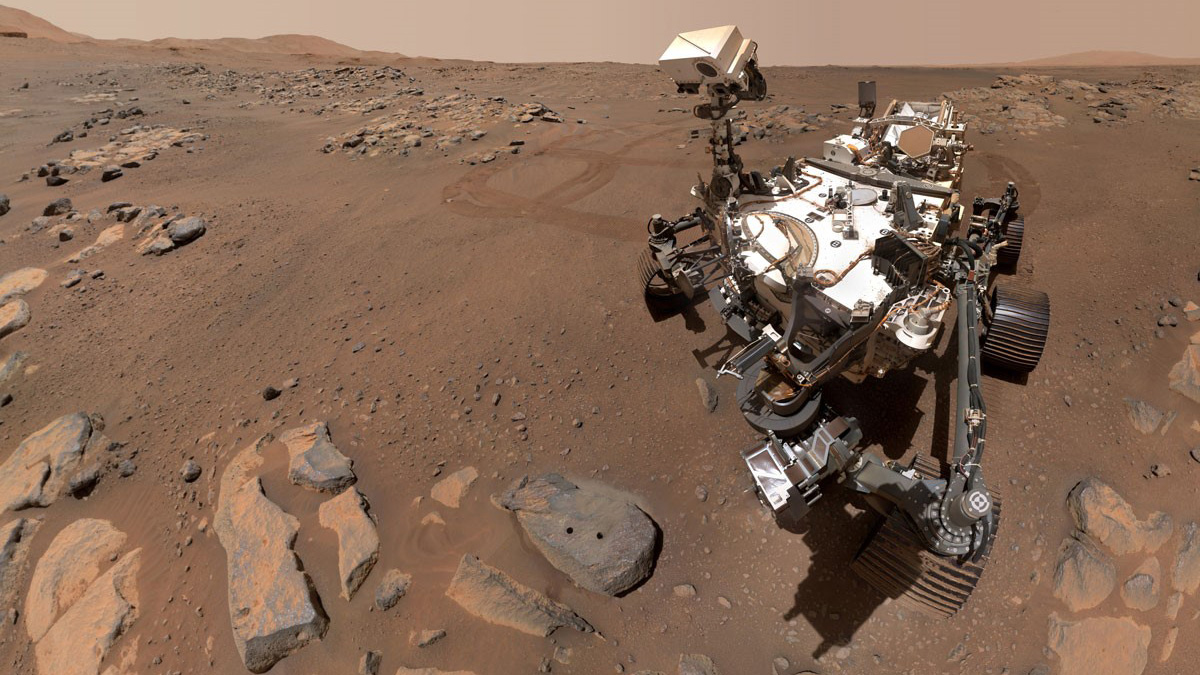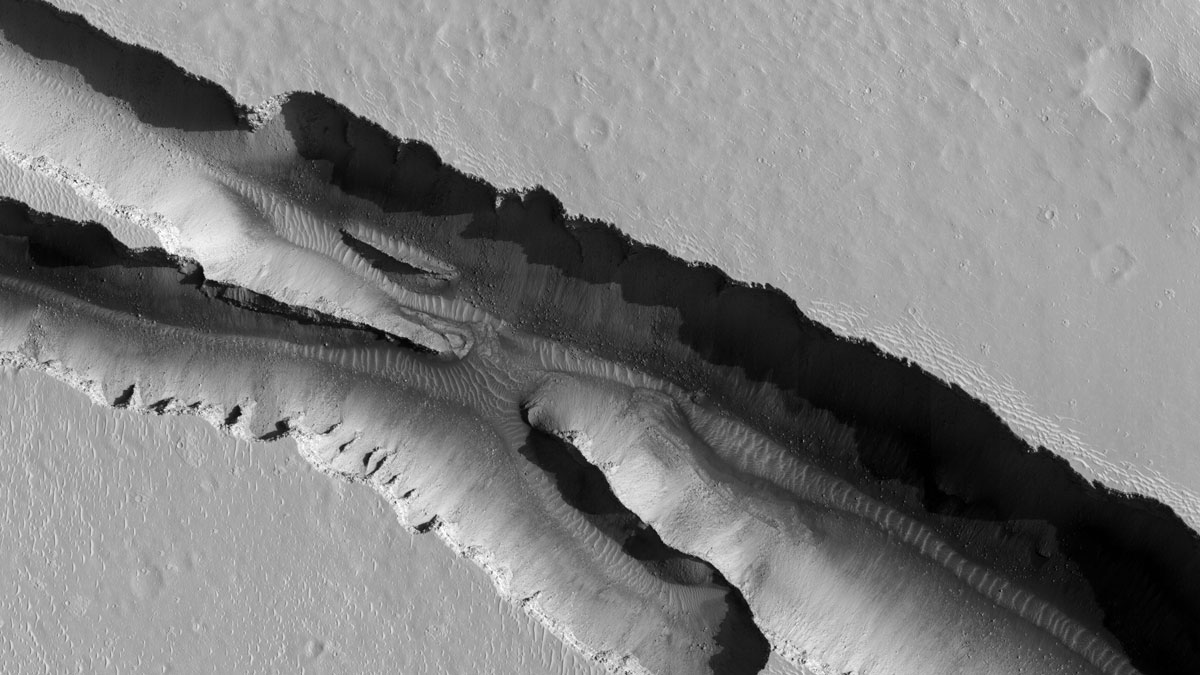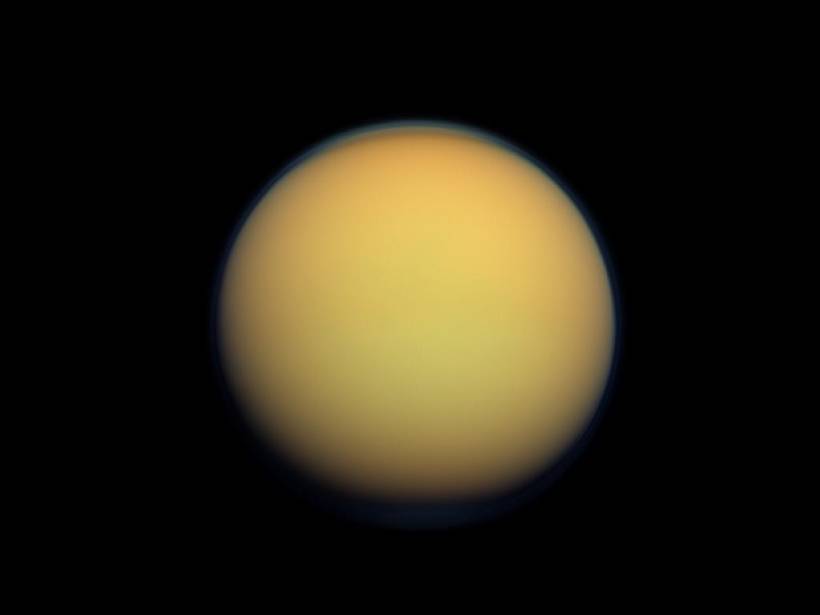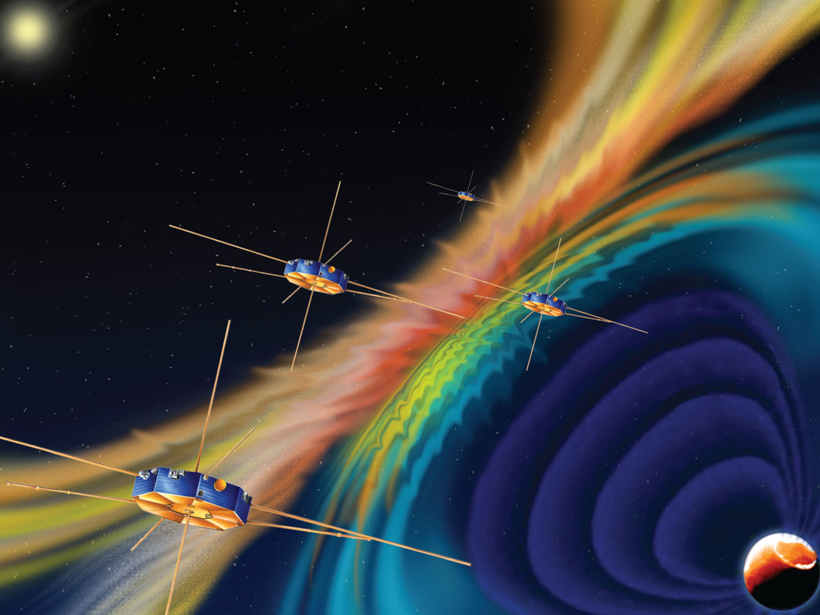Researchers applied machine learning algorithms to several distinct chemical compositions of Mars and suggest that these algorithms could be a powerful tool to map the planet’s surface on a large scale.
spacecraft
NASA Prepares Its Artemis Gateway to Orbit the Moon
Throughout its anticipated 15-year tour of duty, the Gateway will serve as a station for astronauts and lunar landers—and enable new scientific discovery.
Scientists Plan a Home Away from Home for Mars Samples
The core tubes being collected by the Perseverance rover won’t arrive for years, but NASA and the European Space Agency are outlining needs for a facility to assess their safety and store and distribute them.
Mars from the InSight Out
There’s a seismometer on Mars, and it’s been busy! Download our free illustrated poster.
Summer Could Be Earthquake Season on Mars
InSight data hint that shifting carbon dioxide ice loads, illumination changes, or solar tides could drive an uptick in marsquakes during northern summer—a “marsquake season.”
Not So Hot Under the Collar
Thermal properties of Martian soil as measured by the InSight lander.
Exploring Venus by Balloon
Aerobots could help reveal secrets of Earth’s mysterious twin planet.
A Window into the Weather on Titan
Cassini’s final flybys of Saturn’s largest moon may have captured a temperature drop due to rainfall, one of the first observations of weather changes on Titan.
Spacecraft Reveal New Details of Magnetic Reconnection
Energetic electrons are accelerated directly by magnetic reconnections and can act as tracers of large-scale magnetic field conditions.
Decoding the Age of the Ice at Mars’s North Pole
Exposure to sunlight creates telltale patterns in the polar ice cap that change over time, potentially providing insight into the climatic history of the Red Planet.










